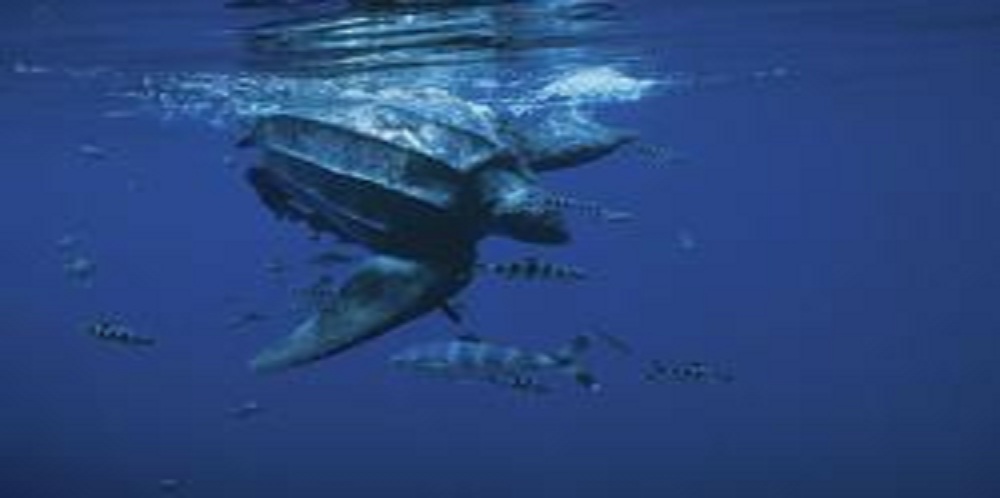Scientists Call for Protected Ocean Corridors for Endangered Leatherback Sea Turtles and Sharks at International Environmental Meeting
The International Union for the Conservation of Nature’s (IUCN) World Conservation Congress this week adopted a resolution urging nations to protect sea turtles and sharks from by-catch in industrial fisheries by identifying and protecting ocean waters in the Pacific Ocean during critical periods of migration and feeding. In particular, the resolution calls on Costa Rica and Ecuador to create the Cocos Ridge Marine Wildlife Corridor to sshield the critically endangered Pacific Leatherback and common Hammerhead Shark from death and injuries caused by longline and gillnet fishing during key times of the year..
Click here to see a copy of the IUCN resolution.
More than 8,000 scientists, government officials and environmental organizations from over 250 nations overwhelming supported the resolution, which calls for a dynamic protected area for Pacific leatherback seas turtles along the migratory route of this species between the Cocos Island and Galapagos. After nesting in Costa Rica, Pacific leatherbacks swim along the underwater Cocos Ridge toward the Galapagos Island during its annual migration between feeding and nesting areas.
Randall Arauz, President of Costa Rican-based PRETOMA that sponsored the resolution explained, “Based on new satellite tracking data, we know leatherbacks spend a significant portion of their migration in the sovereign waters of Costa Rica and Ecuador, where they are being killed in longline and gillnet fishing gear. We have a plan that will open and close portions of the migration corridor to fishing as turtles enter and exit the area, thus minimizing impact to fisheries, while allowing one of the largest reptiles on Earth to continue its 100 million year old existence in the future.” He added, “We believe this corridor is also used by other endangered species, such as hammerhead sharks and thus the proposed conservation zone will benefit many threatened marine species.”
The last members of an ancient lineage that has outlived the dinosaurs, leatherbacks are ocean giants that grow to the size of a small automobile, dive more than half a mile deep, and migrate across the entire Pacific Ocean basin from their nesting grounds in New Guinea and Indonesia to feed in the rich waters off California and Oregon. Leatherbacks swim over 6,000 miles within a single year – the largest geographic range of any living marine reptile, and one of the longest known migrations for any species in the world.
“Leatherback sea turtles survived the asteroid that killed off the dinosaurs, but they are unlikely to survive our unsustainable appetite for swordfish and tuna,” said Todd Steiner, Executive Director of the U.S.-based Turtle Island Restoration Network and a member of the IUCN Marine Turtle Specialist Group. “If leatherbacks are to survive the coming decades, we must convert talk to action, otherwise we will lose one of the most ancient creatures on the planet, in the next ten to thirty years.”
Leatherback sea turtles in the Pacific Ocean have declined by more than 90% over the past three decades, primarily as a result of drowning in industrial longline and gillnet fisheries targeting swordfish, sharks, and tunas. Marine debris and loss of nesting beaches due to global warming induced sea level rise also threaten the leatherback. If current trends continue, Pacific leatherbacks are predicted to go extinct within the next few decades.




